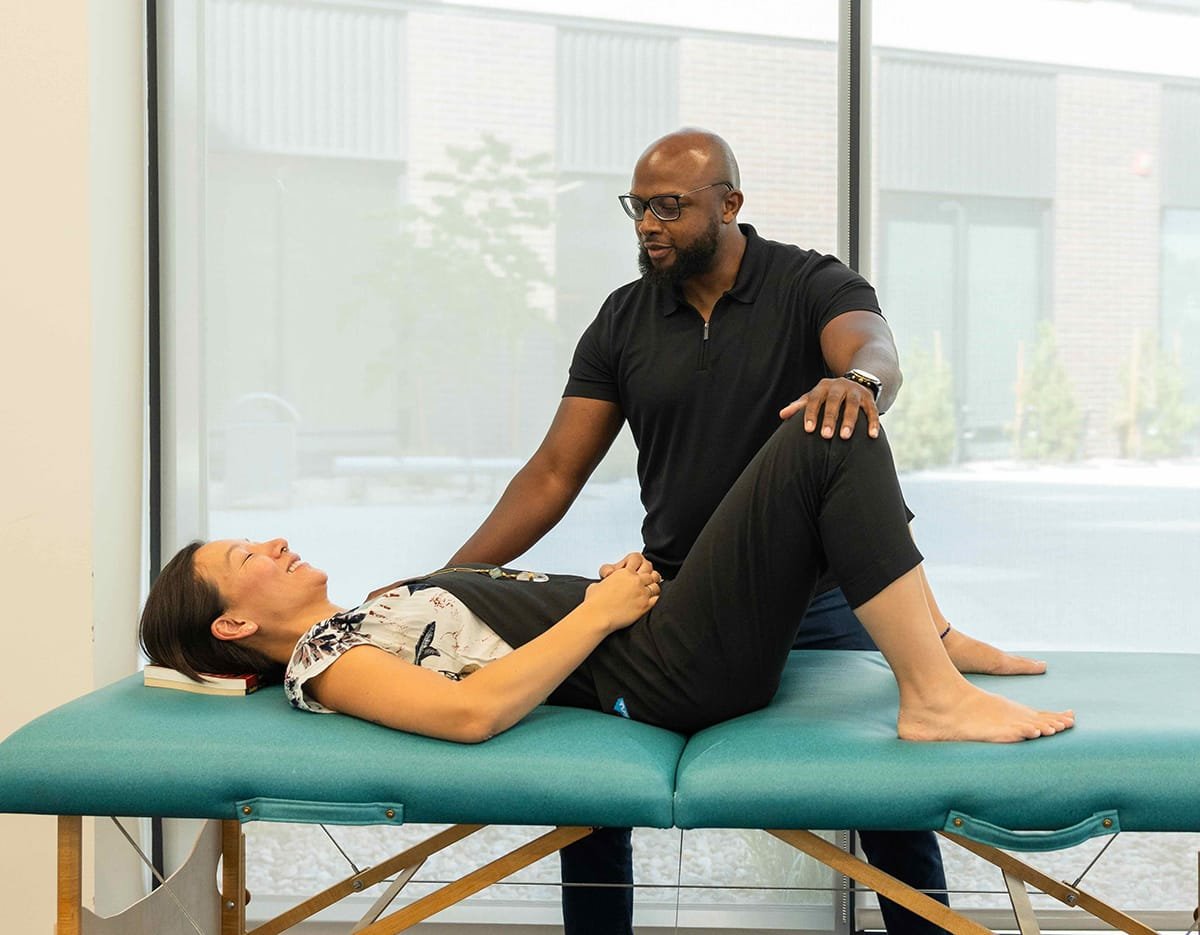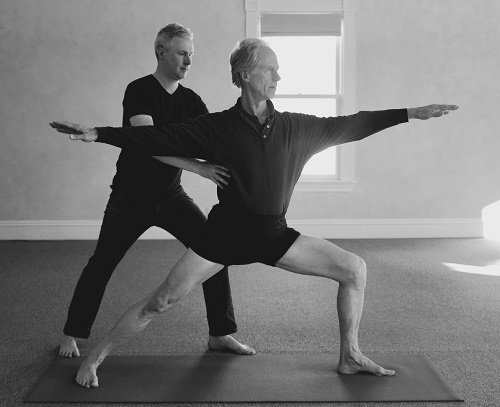How is Alexander Taught?
How is the Alexander Technique Taught?
The Alexander Technique is typically taught through a series of private lessons or group classes. Over your course of study, your teacher will introduce concepts and activities that expand your awareness of the functioning of your nervous, muscular- and skeletal systems – and how these systems relate to and interact with each other. You’ll learn simple principles that enable you to rediscover balance, ease and efficiency in all of your activities.
In an Alexander Technique session, your teacher will use gentle verbal and manual guidance to encourage you to approach your movements and responses differently. Not only will you learn to recognize habit patterns that are interfering with optimal functioning, but you will also learn how to change those patterns.
As you progress in your study, you’ll be able to apply your skills to areas of your life beyond your initial goals, such as exercising, working at a computer or using a device, work demands or leisure activities. Learning the Alexander Technique empowers you to use your knowledge on your own to make life easier – anytime, anywhere.
What Happens In a Typical Lesson?
After your Alexander teacher has listened carefully to the needs, interests, goals and health conditions that made you want to study, you will begin to learn through a combination of verbal instruction and guidance of the teacher’s highly trained and skilled hands. You’ll explore the Technique’s principles and learn how to put them into practice on your own in a variety of activities and situations. Throughout the learning process, you will remain an active participant in your own course of study. Many people report the lesson itself to be calming and beneficial, and are pleased to discover that the benefits extend beyond the session as they develop skills they can use in daily life.
Study is very individualized. You may sit, stand, walk, move, speak or otherwise use the process you are learning in action. Your Alexander teacher will give you verbal, visual and physical cues to help you perform those activities with greater ease and efficiency, and learn how to maintain that on your own.


Guidance During Activity
You may spend part of the lesson lying down (fully clothed) on a lightly padded table as you learn to release any unnecessary tension you may be holding, promoting an enlivened sensory awareness and quieting your nervous system. What you learn applies to all activities in your life, but you are welcome to work with your teacher on activities of special interest to you, such as lifting and carrying, computer work, public speaking, your favorite sport or even sleeping position. Actors may choose to work on a monologue; singers, an aria; violinists, a challenging passage; dancers, a movement. In any activity you bring to a lesson – swinging a tennis racket, lifting a child or using a tablet or cell phone – you learn to apply the principles of the Alexander Technique to reduce strain and increase overall ease, enjoyment and efficiency.
